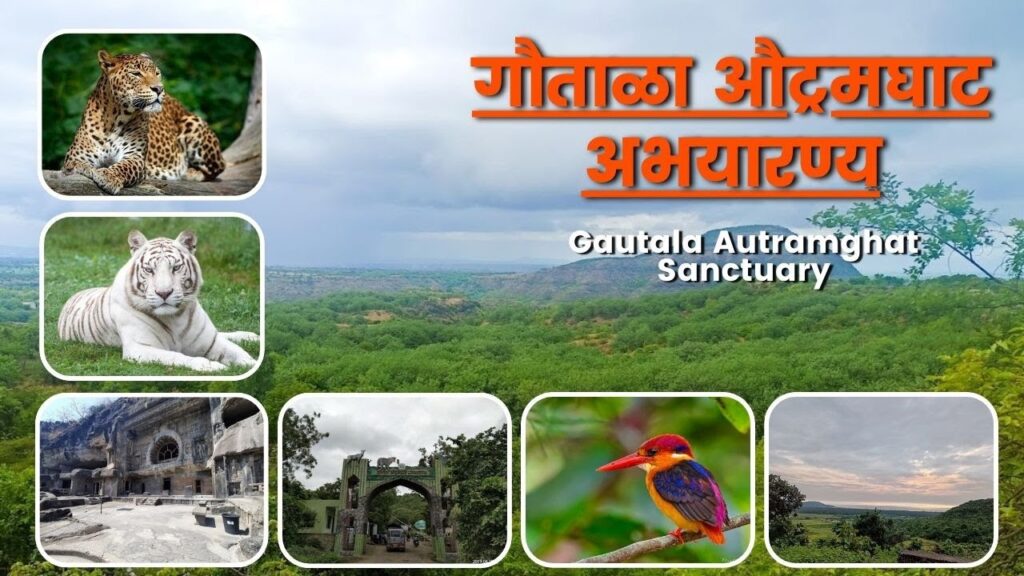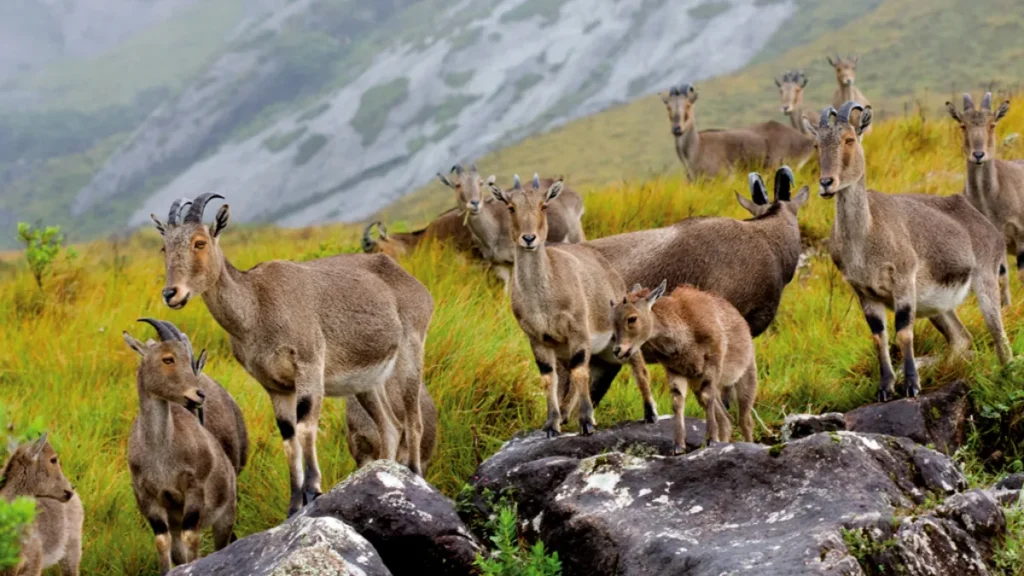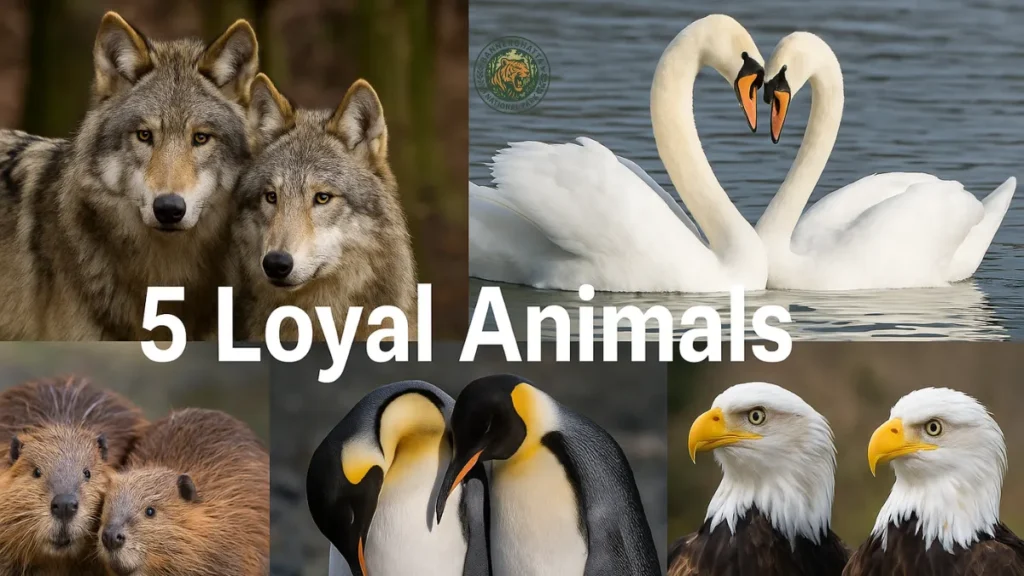The Vantara Controversy has recently become a hot topic across India, sparking debates among wildlife enthusiasts, environmentalists, and the general public. As India’s largest private wildlife rescue and rehabilitation center, Vantara—spearheaded by Anant Ambani—has been praised for its efforts to protect and nurture rescued animals. However, controversies have also emerged, raising questions about transparency, animal rights, and corporate intentions.
In this article, we will explore the core aspects of the Vantara Controversy, separating facts from assumptions, and providing an unbiased overview of the entire situation.
What is Vantara?
Before diving into the Vantara Controversy, it’s essential to understand what Vantara is. Located within Reliance’s Jamnagar complex in Gujarat, Vantara is a sprawling 3,000-acre wildlife rescue, treatment, and rehabilitation center. Its mission is to provide world-class veterinary care and long-term shelter to injured, abandoned, or trafficked animals. Vantara houses elephants, leopards, lions, crocodiles, and various exotic species rescued from across India and abroad.
What Sparked the Vantara Controversy?
The Vantara Controversy surfaced due to a mix of concerns, including wildlife rights, corporate social responsibility, and the ethics of housing wild animals in private facilities. While some view Vantara as a groundbreaking conservation initiative, others argue that private ownership of wildlife rescue centers raises critical questions.
Key Points Fueling the Vantara Controversy:
- Transparency & Access: Critics demand more public access and independent audits to ensure animal welfare is prioritized.
- Animal Rights Concerns: Some wildlife activists argue that rescued animals should be in natural reserves, not private properties.
- Corporate Greenwashing Allegations: Accusations have emerged suggesting that Vantara is a public relations effort to overshadow environmental damages caused by industrial activities.
- Exotic Animals and Legalities: The import of exotic species to Vantara has raised legal and ethical questions.
Table: Key Facts About the Vantara Controversy
| Aspect | Details |
|---|---|
| Location | Jamnagar, Gujarat, India |
| Project Initiator | Anant Ambani (Reliance Industries) |
| Size | 3,000 acres |
| Purpose | Wildlife rescue, rehabilitation, and conservation |
| Main Controversy Issues | Transparency, animal rights, corporate motives, legality of exotic species |
| Supporters’ Perspective | World-class animal care, large-scale rescue operations |
| Critics’ Perspective | Lack of public oversight, ethical concerns about private wildlife ownership |
Transparency at the Heart of the Vantara Controversy
One of the most discussed aspects of the Vantara Controversy is the issue of transparency. While Reliance claims that Vantara operates with the highest standards of veterinary care and ethical treatment, critics argue that private facilities must allow external oversight. Wildlife NGOs have called for third-party audits and greater public engagement to validate these claims.
Currently, Vantara is not open for regular public visits, citing that the sanctuary’s primary focus is on healing and rehabilitation, not tourism. However, this has led to further skepticism among those who believe public scrutiny is vital for ensuring ethical operations.
Are the Animal Rights Allegations Justified?
Another major dimension of the Vantara Controversy revolves around animal rights. Activists argue that wildlife belongs in natural habitats or government-run sanctuaries rather than private enclosures, no matter how luxurious or expansive. The counter-argument from Vantara’s side emphasizes that most of these animals were rescued from deplorable conditions—injured, trafficked, or unable to survive in the wild—and hence require special care in controlled environments.
The debate becomes complex when discussing exotic species, as critics question the legal framework under which these animals are brought to India and housed in Vantara.
Also read: What is the Vantara of Ambani? Complete Details About This Mega Animal Welfare Project
Corporate Social Responsibility or Greenwashing?
A common accusation in the Vantara Controversy is that the project might serve as a greenwashing tool for Reliance Industries, helping them improve their corporate image while environmental issues from their industrial activities persist. Supporters, however, argue that regardless of motives, the sanctuary is providing tangible benefits to hundreds of animals and contributing to global conservation efforts.
Also read: Why Mahadevi Elephant Shifted to Vantara: The Full Story Behind the Move
Conclusion: A Controversy Rooted in Perception and Ethics
The Vantara Controversy is not a black-and-white issue. On one side, there’s a state-of-the-art sanctuary rescuing and caring for animals that would otherwise face suffering or death. On the other hand, valid concerns exist regarding transparency, public accountability, and the broader ethics of privatized conservation efforts.
As the project evolves, the only way to address the Vantara Controversy effectively will be through open dialogue, independent oversight, and a shared commitment to genuine wildlife welfare.




